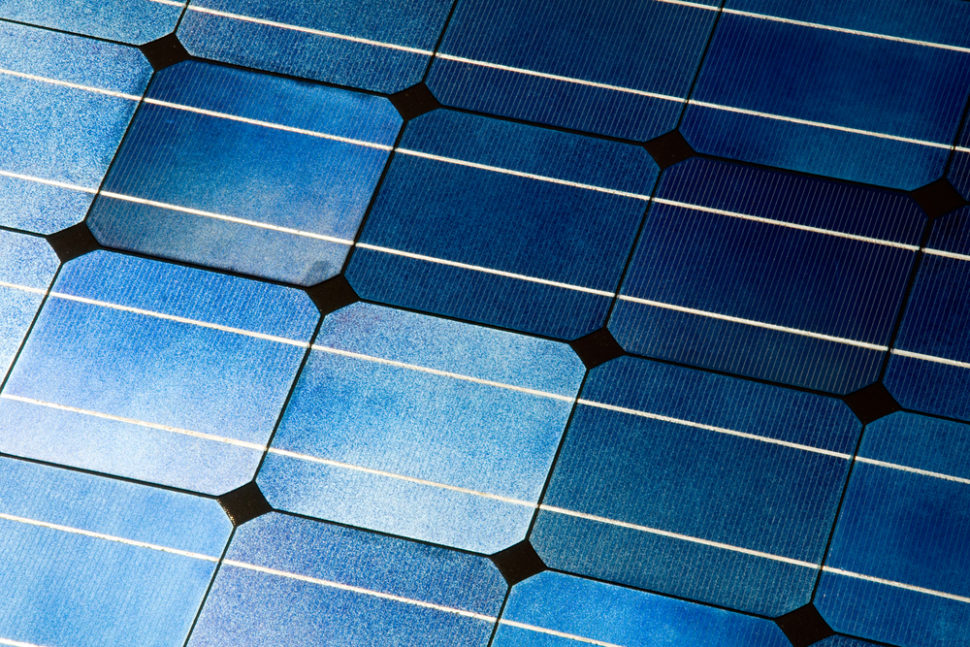Cheap to scale-up, perovskite solar cells (PSCs) are also highly efficient at converting sunlight into power compared to existing solutions.
The power conversion efficiency of silicon-based photovoltaic cells has been steadily increasing over the last decade.
From just 3.8% in 2009, conversion efficiency jumped to 24.2% in 2019. A silicon-perovskite tandem, reported by Oxford PV last January, hit 28% efficiency.
However, when it comes to promising low production costs and potentially higher efficiency, perovskite solar panels aren’t commercially attractive. This is due to their poor stability and high toxicity.
Nontoxic Semiconductor: Lead-Free Perovskite Solar Cells
Halide perovskites contain lead, and this is quite problematic for the environment when we take large-scale industrial proportions into account. Next-generation solar cells need perovskites based on innovative material engineering that enables lower toxicity and higher stability.
There’s still a big room for perovskite technology to improve efficiency-wise. But, engineers need to clear some hurdles to make perovskite cells more viable in commercial photovoltaic applications.
An interdisciplinary international team, led by engineers at Washington University in St. Louis, has found a solution to the two significant issues with perovskite solar cells: inferior structural instability and high toxicity.
The team discovered a new double perovskite oxide using data analytics and quantum-mechanical calculations with the help of one of the world’s fastest supercomputers.
According to the researchers, this double perovskite oxide allows for “a more stable, less toxic semiconductor for solar applications.”
Read More: Highest Performance Efficiency Of Organic Solar Cells Achieved
This new nontoxic semiconductor material (KBaTeBiO6) contains potassium, barium, tellurium, bismuth, and oxygen. Before getting to this lead-free double perovskite oxide, the team had an initial catalog of “30,000 potential bismuth-based oxides. Of those 30,000, only about 25 were known compounds.”
Rohan Mishra, assistant professor of mechanical engineering & materials science in the McKelvey School of Engineering, led the research.
“We found that this looked to be the most stable compound and that it could be synthesized in the lab,” Mishra said. “More importantly, whereas most oxides tend to have a large band, we predicted the new compound to have a lower bandgap, which is close to the halide perovskites, and to have reasonably good properties.”
After the theory was locked in, the researchers had to synthesize the material based on the recipe they came up with, a task that took them six months to do. And as they predicted, it was stable and with a bandgap of 1.88 eV.
“This shows that we can go away from these lead-halide perovskites,” Mishra said. “This opens up a really big space for designing semiconductors not just for solar cell applications but also for other semiconductor applications, such as LCD displays.”
Next, the team plans to investigate how any defects would affect this new nontoxic semiconductor and explore more advanced synthesis techniques.



















Comments (0)
Most Recent